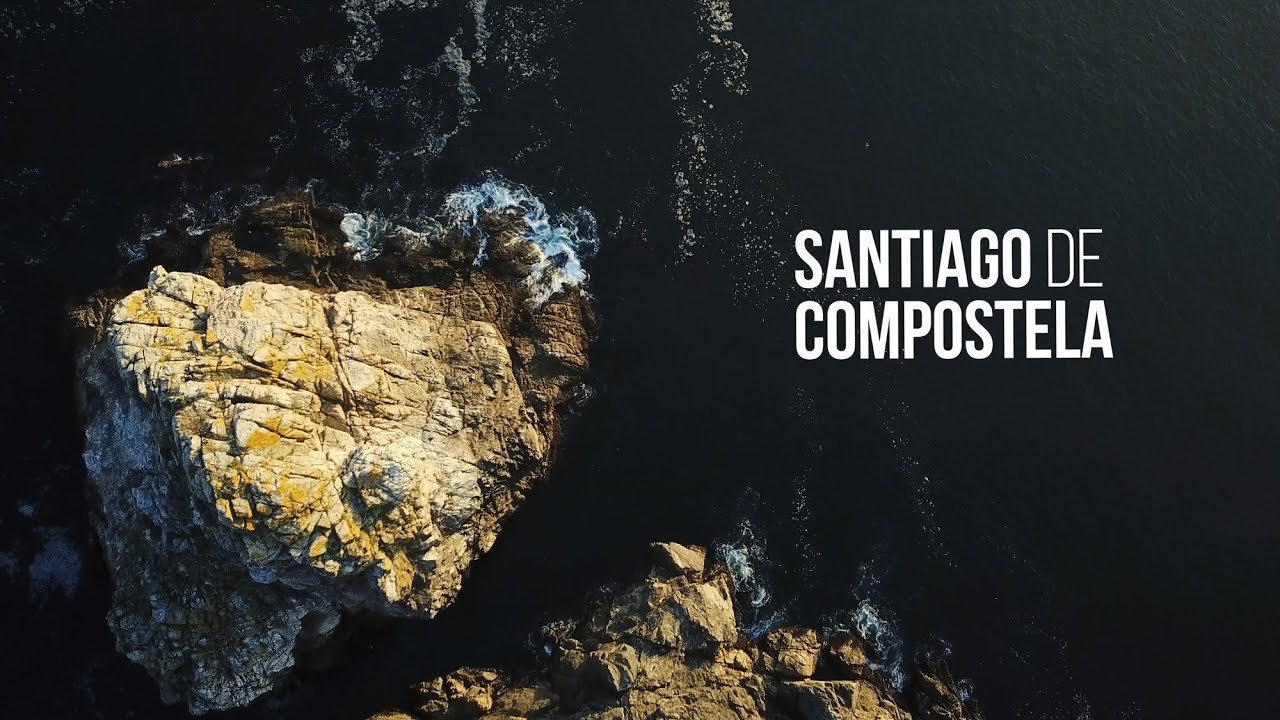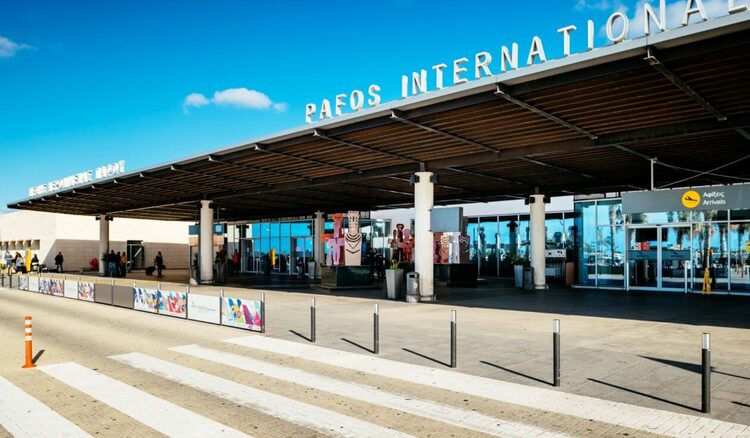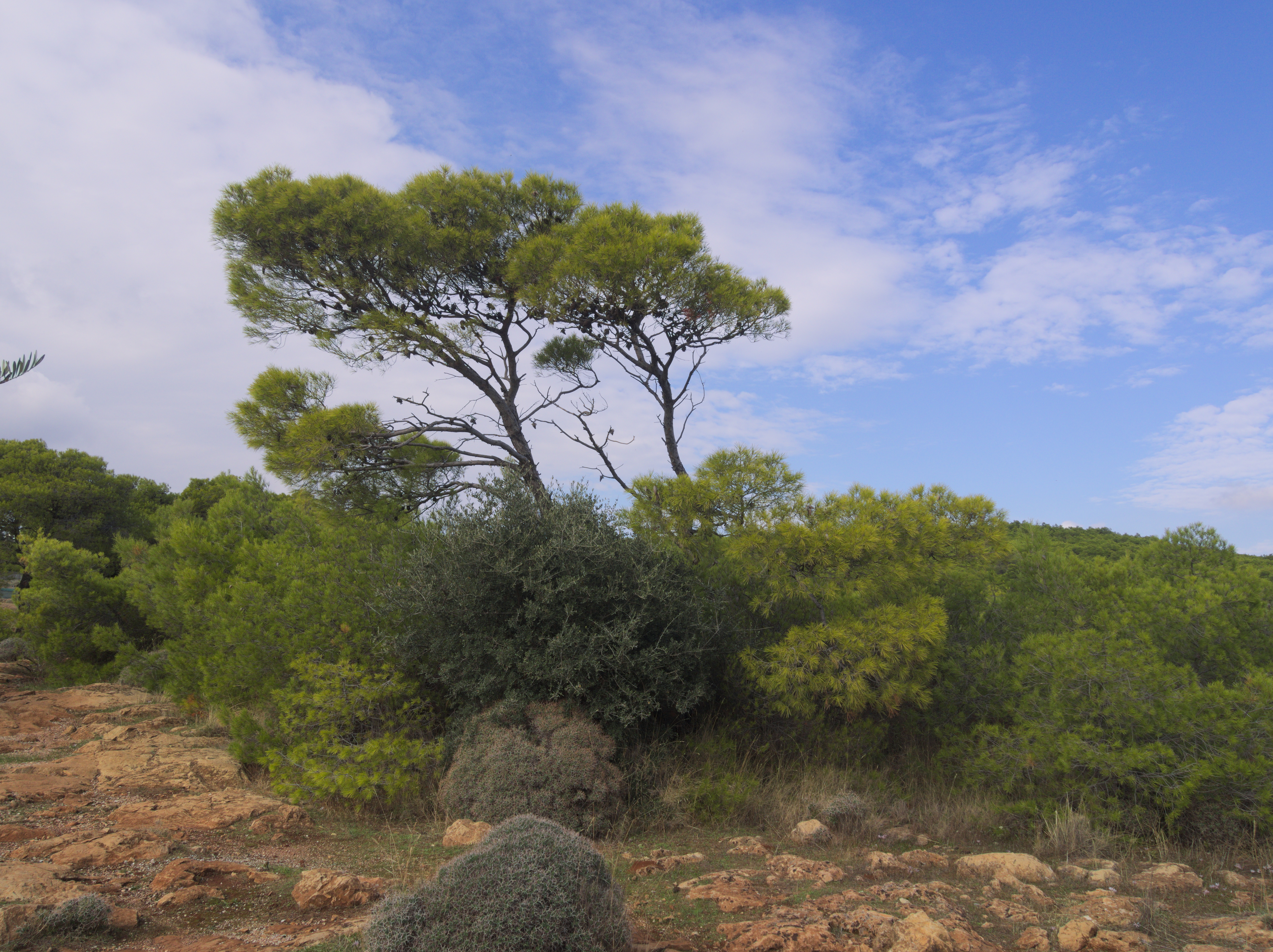The Camino de Santiago, or Pilgrim Route, is the longest-established “tourist” route in Europe, and its final section through Galicia provides echoes of the medieval pilgrimage to the thousands who walk it every year, armed with the traditional staff and the scallop-shell emblem of St. James.
The most popular of the several paths or ‘caminos’ to Santiago de Compostela is the Camino Francés, which spans 775km of Spain’s north from Roncesvalles, on the border with France, to Santiago de Compostela in Galicia, and attracts walkers of all backgrounds and ages, from countries across the world.
And no wonder: its cultural, historical and natural offerings are impressive, as are its accolades. Not only is it the Council of Europe’s first Cultural Itinerary and a UNESCO World Heritage site but, for believers, it’s a pilgrimage equivalent to visiting Jerusalem.
Historically, the 11th and 12th centuries marked the heyday of the Camino, but the Reformation was devastating for Catholic pilgrimages, and by the 19th century, the Camino had nearly died out. Nevertheless, by the late 20th-century its popularity was once again soaring, and today, it is most popular as a personal and spiritual journey of discovery, rather than one necessarily motivated by religion.
Although most people end their pilgrimage at Santiago de Compostela, some walk another 75km to Fisterra (Finisterra), a Celtic route that predates the medieval pilgrimage by at least a millennium.
The quiet, well-marked rural route ends at Cabo Fisterra, the westernmost point of mainland Europe. Below the lighthouse, at a small bronze sculpture of a pair of walking boots, pilgrims traditionally burn their clothes after a dip in the sea to celebrate the end of the journey.
View the original video here.
Good Living is the Cyprus Mail’s portal of curated content from across the internet, showcasing local and global ideas, cultural highlights, and scientific and technological developments to inspire a sustainable life.







Click here to change your cookie preferences